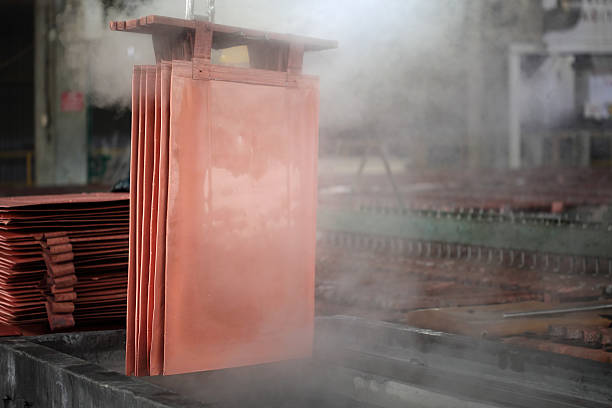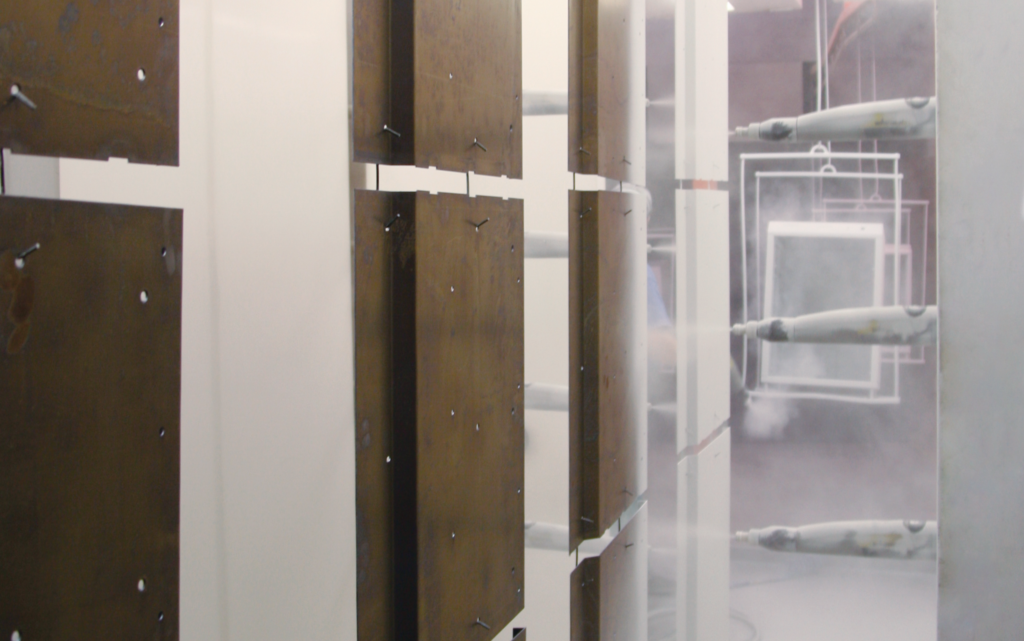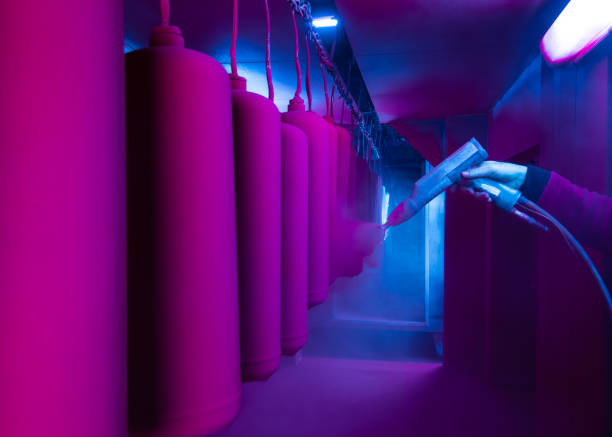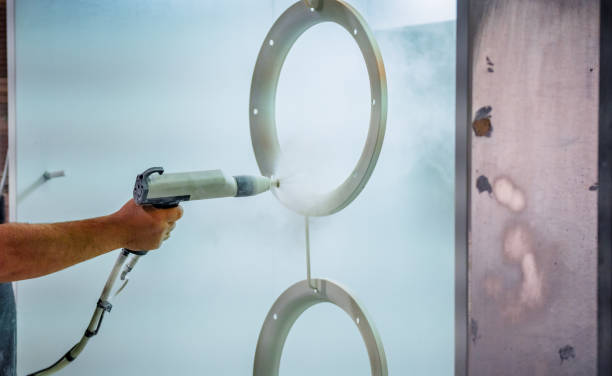Common Problems and Solutions in Powder Coating Equipment
When everything works as it should, powder coating equipment feels almost invisible—you load the parts, press start, and watch a flawless finish appear. But the reality on the shop floor is often less perfect. One day the powder won’t flow evenly, the next day the coating looks patchy, and sometimes a line has to stop altogether because a tiny clog brought the whole system down. These moments are more than just technical hiccups; they waste time, increase costs, and frustrate the people who rely on the equipment every day. The truth is, no system is immune to problems, but most of them have straightforward fixes. Let’s take a closer look at the most common problems in powder coating equipment—and how to solve them before they spiral out of control.
Understanding Powder Coating Equipment Basics
Before we dive into the problems, it helps to take a step back and understand what makes powder coating equipment tick. At its heart, the process is simple: the powder coating gun gives the powder its charge, the powder coating booth holds the swirling mist in place, and the curing oven transforms that fragile layer into a tough, lasting finish. But behind that simplicity lies a delicate balance. Airflow has to be steady, powder must stay dry and fluidized, and every electrical connection needs to be properly grounded. If even one of these elements slips out of alignment, the results can be uneven at best—or a costly mess at worst. Knowing how the basic components work together is the first step toward spotting issues early and keeping your line running as smoothly as possible.
Common Problems in Powder Coating Equipment
Even with the best setup, powder coating equipment is prone to a handful of recurring issues. Most operators have seen these problems before, and while they can feel frustrating in the moment, they usually share common causes.
- Inconsistent Powder Flow
One of the most common headaches is when the powder doesn’t flow evenly. Moisture in the powder, clogged hoses, or poor fluidization in the hopper can all break the rhythm of the spray. The result is an application that looks patchy and wastes material.
- Uneven Coating Thickness
Another frequent problem shows up as parts that look perfect in some areas but too heavy—or too thin—in others. Powder coating gun distance, inconsistent movement, or poor air pressure settings often sit at the root of this issue.
- Poor Adhesion of Powder
Sometimes the coating simply won’t stick the way it should. This usually traces back to surface preparation or grounding. If the metal isn’t clean, or if the grounding isn’t solid, the powder struggles to anchor itself properly.
- Frequent Equipment Downtime
Machines, like people, need care. When components aren’t maintained, wear and tear quickly lead to breakdowns. A clogged filter or a worn spray nozzle may seem minor, but together they can stop production in its tracks.
- High Powder Waste
Inefficient recovery systems or poorly adjusted spray settings often mean more powder ends up in the filter than on the part. Not only does this waste money, but it also drives up maintenance costs and reduces overall efficiency.


Solutions for Common Coating Equipment Issues
Most of the problems seen in powder coating equipment aren’t new—and neither are their fixes. The key is knowing what to look for and acting before a small issue grows into a major disruption.
- Improve Powder Flow
Moisture is the enemy of smooth powder movement. Storing powder in a dry, controlled environment and keeping hoppers clean will reduce clogs. Regular checks of hoses and fluidizing plates also help maintain consistent flow.
- Achieve Even Coating Thickness
Training operators to maintain the correct gun distance and movement is essential. Pairing that with proper air pressure settings ensures a balanced, uniform layer across every surface.
- Strengthen Adhesion
Strong adhesion starts long before the powder is applied. Thorough pretreatment—cleaning, degreasing, and proper grounding—creates the foundation for a reliable finish that won’t peel or chip.
- Reduce Downtime
Preventive maintenance is the most effective way to keep equipment running. Replacing worn nozzles, cleaning filters, and scheduling inspections may seem routine, but they keep the line moving without costly interruptions.
- Cut Powder Waste
Optimizing powder coating booth airflow and recovery systems makes a big difference. Adjusting spray settings and using high-efficiency filters ensures more powder lands on the parts instead of being lost.


How to Extend the Lifespan of the Coating Equipment
Powder coating equipment is designed to handle heavy-duty production, but even the sturdiest system can degrade without proper care. Routine maintenance is the foundation of longevity—cleaning spray guns, checking filters, and inspecting hoses may seem minor, yet these small actions prevent minor wear from turning into major breakdowns. Replacing consumables like nozzles and filters on schedule ensures consistent performance and reduces unexpected downtime.
Beyond basic upkeep, automation and monitoring tools can make a significant difference. Sensors that track powder levels, airflow, or gun performance give operators early warnings of potential issues, allowing them to act before production is interrupted. Equally important is operator training—well-informed teams know how to handle equipment correctly, apply powder evenly, and perform routine checks, all of which protect the investment and maintain coating quality over time.
By combining regular maintenance, smart monitoring, and skilled operation, you can extend the life of their powder coating equipment while keeping production smooth and efficient.

